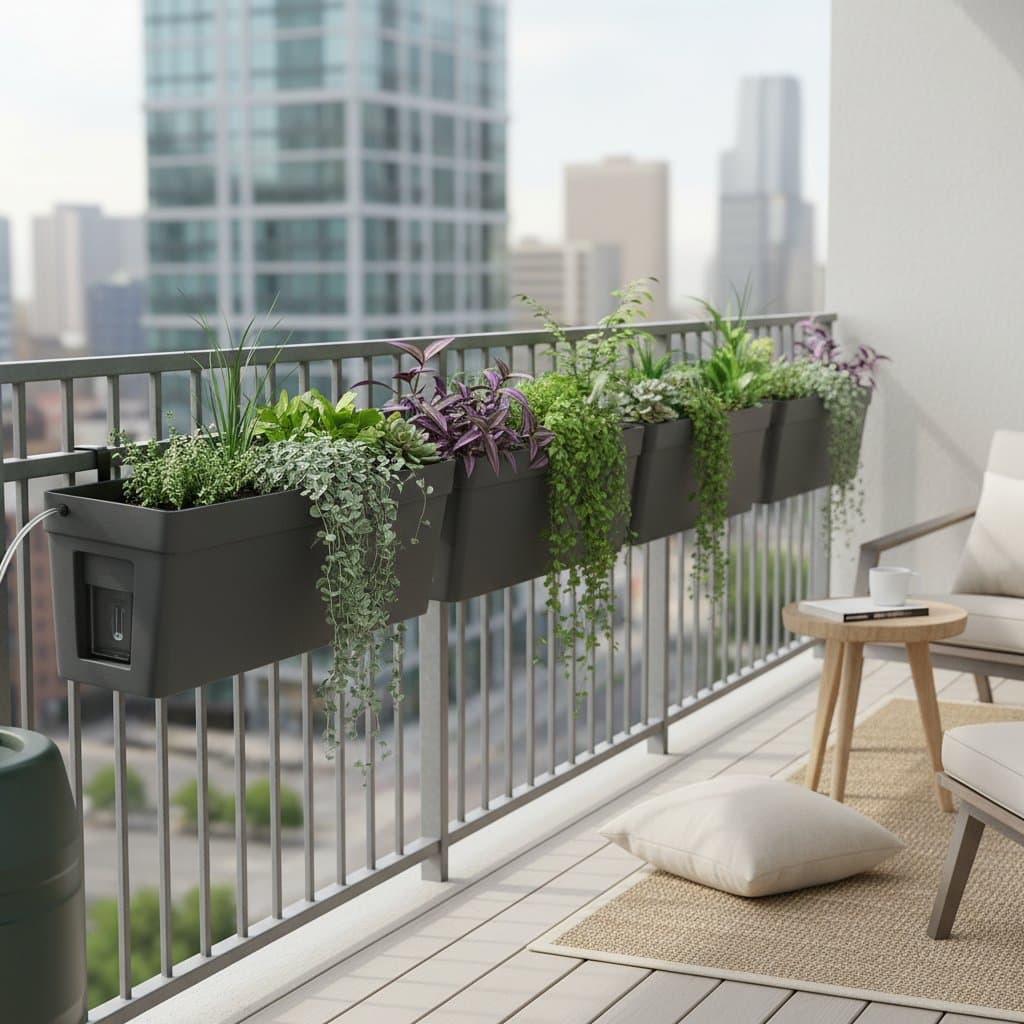Transforming Urban Rooftops with Gravel Gardens
Urban rooftops often serve as overlooked spaces cluttered with mechanical equipment. A gravel garden reimagines this area as a serene extension of living space, providing insulation against heat, efficient drainage, and year-round visual appeal. These designs support modern aesthetics or natural textures while demanding minimal irrigation and pruning.
This comprehensive guide details the process of designing, constructing, and maintaining a rooftop gravel garden. Readers gain insights into material selection, weight management strategies, and suitable plants for shallow root zones. Safety protocols and precise estimates for time and costs ensure practical implementation.
Essential Tools and Materials
Prepare all tools and materials in advance, positioning them close to the primary access point such as an elevator or roof hatch to streamline transport.
Tools
- Shovel or sturdy metal spade to distribute layers evenly
- Rake to smooth and level gravel surfaces
- Utility knife for precise cuts on fabric or edging materials
- Wheelbarrow or oversized bucket to transport gravel efficiently
- Protective gloves, dust mask, and safety glasses to guard against debris and sharp edges
Materials
- Drainage mat or rigid board: Install one layer to safeguard the underlying roof membrane from moisture damage
- Landscape fabric: Acquire one roll measuring approximately 10 by 50 feet to cover an average rooftop section
- Gravel: Calculate 2 to 3 cubic feet for every 10 square feet of coverage to achieve the desired depth
- Lightweight soil mix: Apply a 1-inch layer incorporating sand or perlite for optimal drainage and reduced weight
- Edging stones or metal strips: Use these to establish clear boundaries and prevent material shift
- Plants: Select 15 to 20 drought-tolerant species per 100 square feet, focusing on varieties adapted to confined spaces
Opt for locally sourced gravel to minimize transportation costs and environmental impact. Suitable options include pea gravel, crushed granite, or river rock with particle sizes ranging from 0.25 to 0.5 inches. Avoid finer particles that compact excessively or coarser ones that create uneven footing.
Prioritizing Safety on the Rooftop
Before transporting materials, evaluate access routes thoroughly. Employ a pulley system or reinforced lifting equipment if stairways prove restrictive.
Wear heavy-duty gloves during gravel and edging handling to prevent injuries from sharp surfaces. Collaborate with at least one partner to maintain stability, particularly when working near perimeter edges.
Refrain from using open flames or spark-generating power tools in proximity to roofing materials, as many membranes exhibit flammability. Secure all tools immediately after use, as rooftop winds can displace lightweight items rapidly.
Estimating Budget and Timeline
Constructing a fundamental rooftop gravel garden incurs costs of 8 to 14 dollars per square foot, influenced by gravel variety and plant choices. Transportation fees and premium lightweight soil mixes represent the primary expenses, with the latter priced nearly twice that of conventional soils to avoid structural strain.
For a 200-square-foot installation, allocate 10 to 12 hours total for two individuals. Divide the effort into distinct phases: initial surface preparation followed by planting. Post-installation maintenance requires under one hour monthly, primarily involving occasional weeding and inspection.
Implement cost-saving measures such as:
- Procuring gravel in bulk quantities to reduce per-unit pricing
- Utilizing small plant plugs rather than established container specimens
- Incorporating reused edging stones or recycled pavers from prior projects
Invest fully in the drainage mat, as it averts potential leaks and prolongs the roof membrane's durability.
Organizing Rooftop Storage
Incorporate a compact storage solution, such as a bench with integrated compartments or a dedicated box, to house tools and spare materials. A weatherproof container measuring 2 feet in length and 1 foot in depth accommodates gloves, a trowel, additional fabric, and a modest soil reserve. Affix clear labels and ensure a tight-sealing lid to protect contents from elements.
If available space permits, include a foldable watering can or compact hose reel. Drought-resistant plants benefit from infrequent deep watering during extended dry periods.
Engaging Professional Expertise
Seek professional assistance in these scenarios:
- Evidence of pre-existing leaks or structural sagging on the roof
- Requirement for official documentation confirming load-bearing capacity
- Presence of electrical or HVAC systems necessitating spatial accommodations
- Plans for integrated irrigation or lighting systems tied to building utilities
Consult a landscape architect or certified roofer to assess drainage slopes and confirm that the design avoids obstructing ventilation or emergency pathways. Such evaluations, typically under 200 dollars for an hour, mitigate risks of costly repairs.
Executing Your Gravel Garden Design
Commence by measuring the available rooftop area, verifying structural integrity, and drafting a layout divided into three functional zones: planting beds, pathways, and seating arrangements. Procure materials in limited quantities initially to evaluate weight distribution and aesthetic compatibility.
Progress methodically: Clear and level the surface, install the drainage layer and fabric, add the soil mix, then position gravel and edging. Introduce plants last, spacing them to allow for natural expansion.
Emphasize equilibrium over flawless uniformity in the design. Permit moss to establish between gravel pieces and allow ornamental grasses to move with breezes. This organic approach enhances resilience and simplifies ongoing care.
Through targeted preparation and material choices, this gravel garden delivers enduring advantages: temperature moderation, acoustic dampening, and a tranquil urban sanctuary that endures across seasons.


